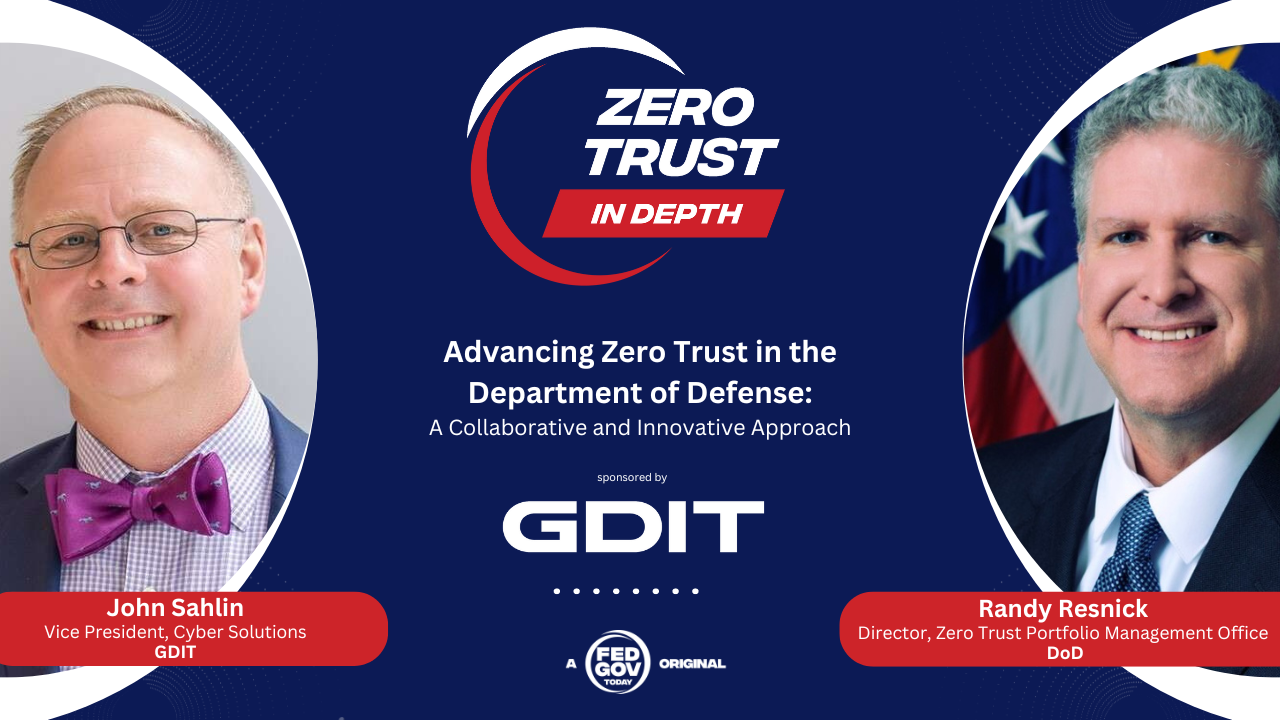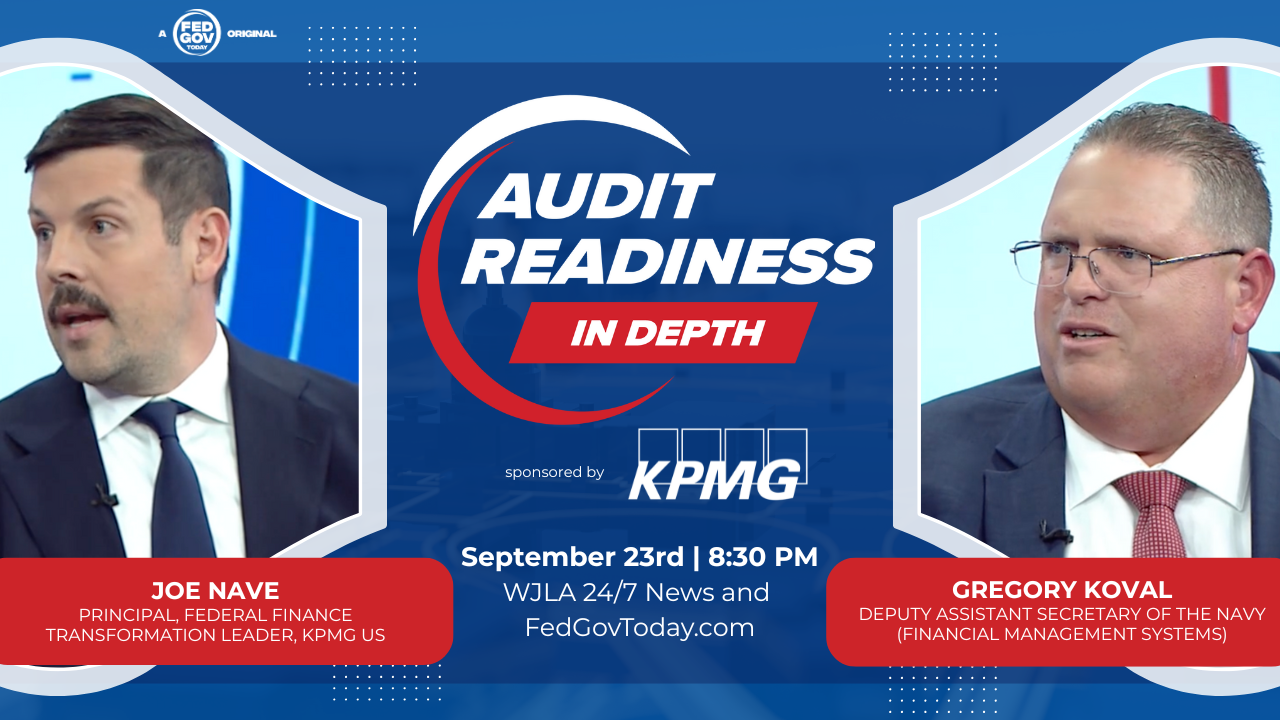September 10, 2024
Presented by Dataminr & Leidos
AI In Depth, presents a guide through the rapidly evolving world of artificial intelligence in government. With Congress contemplating new legislation to appoint Chief Artificial Intelligence Officers (CAIOs) across federal agencies, it's evident that many agencies are already ahead of the game. Numerous pilot projects and AI initiatives are already underway, showcasing the innovative ways in which AI is being harnessed to drive efficiency and effectiveness. In this series, Francis Rose dives deep into the AI efforts making waves in the federal sector. It features insights from leaders at the Transportation Security Administration, Defense Innovation Unit, Federal Energy Regulatory Commission, General Services Administration, National Geospatial-Intelligence Agency, Data Miner and Leidos, exploring how they're leading the charge in AI advancements and shaping the future of government operations.
AI: Responsibly Empowering Government and Data Integration
Featuring:
- Matt Gilkeson, Chief Technology, Data, and Artificial Intelligence Officer, Transportation Security Administration (TSA)
- Paul Tierney, Senior Vice President, Public Sector Sales, Dataminr
 Matt Gilkeson and Paul Tierney discuss the evolving role of artificial intelligence in government agencies. Matt highlights TSA’s initiatives to enhance security detection, customer service, and operational efficiency through AI. He emphasizes the importance of federated access to AI technologies and responsible use principles, particularly in the context of improving customer interactions and security measures. Paul discusses the broader trend of government agencies leveraging open-source data and AI to gain actionable insights from vast amounts of publicly available information. They also touch on the integration of open-source data with existing proprietary information and the importance of human oversight in AI deployments.
Matt Gilkeson and Paul Tierney discuss the evolving role of artificial intelligence in government agencies. Matt highlights TSA’s initiatives to enhance security detection, customer service, and operational efficiency through AI. He emphasizes the importance of federated access to AI technologies and responsible use principles, particularly in the context of improving customer interactions and security measures. Paul discusses the broader trend of government agencies leveraging open-source data and AI to gain actionable insights from vast amounts of publicly available information. They also touch on the integration of open-source data with existing proprietary information and the importance of human oversight in AI deployments.
- Responsible AI Use: TSA is committed to using AI responsibly, following federal guidelines to ensure its secure and effective deployment.
- Leveraging Open-Source Data: AI is increasingly used to analyze vast amounts of publicly available data, enhancing government capabilities in areas like cybersecurity and disaster response.
- Human-AI Collaboration: AI is designed to automate routine tasks, allowing human workers to focus on more complex and critical activities, maintaining the importance of human judgment.
AI: Exploring Strategies to Enhance Government Missions and Operations
Featuring:
- Jamie Fitzgibbon, AI/ML Portfolio, DIU
- Mittal Desai, CIO & CAIO, FERC
- Zach Whitman, Chief Data Scientist & Chief AI Officer, GSA
 Jamie Fitzgibbon, Mittal Desai and Zach Whitman discuss the integration of AI within government operations. They highlight how AI is being utilized for both mission delivery and back office functions. At GSA, AI use cases include content generation and coding assistance, while FERC is focused on prototyping AI for regulatory rulemaking, safety inspections, and market surveillance. DIU emphasizes AI's role in enhancing mission readiness and operational efficiency. The discussion underscores the importance of foundational infrastructure and collaboration with industry partners, and stresses that successful AI implementation requires a close partnership between technologists and subject matter experts to address specific operational needs and ensure effective outcomes.
Jamie Fitzgibbon, Mittal Desai and Zach Whitman discuss the integration of AI within government operations. They highlight how AI is being utilized for both mission delivery and back office functions. At GSA, AI use cases include content generation and coding assistance, while FERC is focused on prototyping AI for regulatory rulemaking, safety inspections, and market surveillance. DIU emphasizes AI's role in enhancing mission readiness and operational efficiency. The discussion underscores the importance of foundational infrastructure and collaboration with industry partners, and stresses that successful AI implementation requires a close partnership between technologists and subject matter experts to address specific operational needs and ensure effective outcomes.
Key Takeaways:
-
AI Integration: Agencies are applying AI across mission-critical tasks and back office functions, with collaboration and foundational infrastructure being key to success.
-
Diverse Use Cases: GSA is exploring AI for content generation and coding, FERC is prototyping AI for rulemaking and safety, and DIU focuses on enhancing mission readiness and operations.
-
Human-AI Collaboration: Effective AI implementation requires close collaboration between technologists and subject matter experts to ensure relevant and actionable outcomes.
AI: Enhancing Satellite Imagery Analysis and Embracing Trusted Technology
Featuring:
- Mark Munsell, Chief AI Officer, National Geospatial-Intelligence Agency
- Thomas Boggs, Chief AI Engineer, AI Accelerator, Leidos
 Mark Munsell and Thomas Boggs , discuss how AI is currently utilized, with a particular focus on computer vision technologies applied to satellite imagery. This technology is pivotal for monitoring and analyzing objects and activities on Earth from space, aiding in the detection of potential threats and critical developments. Munsell elaborates on NGA’s approach, which combines open-source information with proprietary data to enhance the accuracy and effectiveness of their geospatial intelligence models. Boggs highlights the transformative impact of generative AI, noting its role in improving object detection and providing contextual insights. He emphasizes the importance of developing trusted AI systems—models that are reliable, explainable and resilient to changing conditions. They also touch upon the need for an AI-literate workforce, capable of understanding and effectively utilizing these advanced technologies while ensuring that AI tools enhance rather than replace human expertise.
Mark Munsell and Thomas Boggs , discuss how AI is currently utilized, with a particular focus on computer vision technologies applied to satellite imagery. This technology is pivotal for monitoring and analyzing objects and activities on Earth from space, aiding in the detection of potential threats and critical developments. Munsell elaborates on NGA’s approach, which combines open-source information with proprietary data to enhance the accuracy and effectiveness of their geospatial intelligence models. Boggs highlights the transformative impact of generative AI, noting its role in improving object detection and providing contextual insights. He emphasizes the importance of developing trusted AI systems—models that are reliable, explainable and resilient to changing conditions. They also touch upon the need for an AI-literate workforce, capable of understanding and effectively utilizing these advanced technologies while ensuring that AI tools enhance rather than replace human expertise.
Key Takeaways:
-
AI in Satellite Imagery: NGA uses AI to enhance satellite imagery analysis for detecting objects and activities from low Earth orbit.
-
Generative AI Integration: Generative AI improves object detection and contextual analysis by synthesizing and interpreting vast amounts of data.
-
Trusted AI and Human Oversight: Ensuring AI tools are reliable and unbiased, with robust validation and human oversight, is essential for responsible use in defense and intelligence contexts.


.png)
